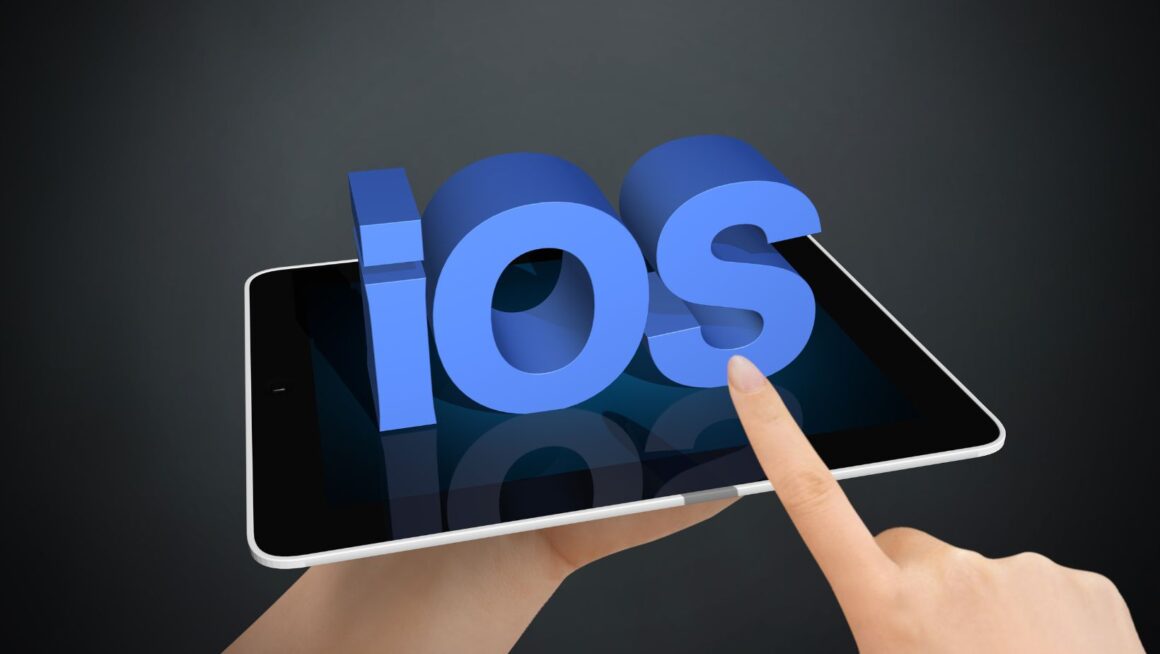Best Practices, Design Principles & Coding Techniques: iOS Mobile App Development
iOS Mobile App Development
iOS mobile app development involves creating applications specifically designed to run on Apple’s iOS operating system. It encompasses the entire process of conceptualizing, designing, developing, testing, and deploying mobile applications for iPhones, iPads, and other Apple devices.
Key aspects to understand about iOS app development include:
- Apple Ecosystem: Apple’s closed ecosystem offers a controlled environment for app development, ensuring high-quality standards and security. Developers need to adhere to Apple’s guidelines and standards to publish apps on the App Store.
- Swift Programming Language: Swift is Apple’s preferred programming language for iOS app development due to its modern syntax, performance, and safety features. Developers need a strong grasp of Swift to build efficient and reliable iOS apps.
- Xcode IDE: Xcode is the official integrated development environment (IDE) for iOS app development. It provides tools for coding, testing, and debugging iOS apps. Familiarity with Xcode is essential for developers working on iOS projects.
- Human Interface Guidelines: Apple’s Human Interface Guidelines outline the principles and best practices for designing intuitive and user-friendly iOS apps. Adhering to these guidelines helps developers create apps that offer a seamless user experience.
- App Store Optimization (ASO): ASO is crucial for iOS app success, as it involves optimizing app metadata, keywords, and visuals to improve app visibility and downloads on the App Store. Understanding ASO strategies is essential for increasing app discoverability.
- iOS Version Compatibility: Developers must consider iOS version compatibility when building apps to ensure they run smoothly on different iOS versions. Regular updates and testing are necessary to maintain app functionality across various iOS devices.
By comprehending these fundamental aspects of iOS mobile app development, developers can create innovative, user-friendly apps that resonate with Apple device users and stand out in the competitive app market.

Key Components of iOS Mobile App Development
Familiarity with Key Tools and Frameworks:
- Understanding Apple’s Ecosystem: Developers should familiarize themselves with the Apple ecosystem, ensuring compliance with App Store guidelines and utilizing tools like TestFlight for beta testing.
- Proficiency in Swift Programming: Mastery of Swift, Apple’s programming language, is essential for efficient app development, ensuring high performance and compatibility with the latest iOS versions.
- Efficient Usage of Xcode IDE: Utilizing Xcode, Apple’s integrated development environment, allows for seamless coding, debugging, and testing of iOS applications.
Design and User Experience Focus:
- Adherence to Human Interface Guidelines: Following Apple’s Human Interface Guidelines ensures a consistent and intuitive user experience across iOS devices, leading to higher user engagement and satisfaction.
- User-Centric Design Principles: Prioritizing user-centric design elements enhances app usability, accessibility, and overall aesthetic appeal, contributing to positive user feedback and increased retention rates.
Optimizing App Performance and Visibility:
- App Store Optimization (ASO): Implementing ASO strategies, including keyword optimization, compelling app descriptions, and engaging visuals, boosts app visibility, driving higher download rates and user acquisition.
- iOS Version Compatibility: Ensuring app compatibility with the latest iOS versions is crucial to reaching a broader audience and providing a seamless experience across diverse Apple devices.
By focusing on these key components of iOS mobile app development, developers can create innovative, user-friendly apps that resonate with Apple device users, stand out in the competitive app market, and drive success in the ever-evolving world of iOS app development.

Design Considerations for iOS Mobile Apps
Designing iOS mobile apps requires a meticulous approach to ensure a seamless user experience and optimal performance. Developers must consider several crucial aspects to create visually appealing and functional applications for Apple devices.
User-Centric Interface Design
Developers should prioritize creating a user-centric interface that is intuitive and easy to navigate. By focusing on user experience (UX) design principles, such as intuitive gestures, clear navigation paths, and visually engaging layouts, developers can enhance user satisfaction and retention.
Responsive Layout Design
Ensuring that the app’s layout adapts seamlessly to different screen sizes, resolutions, and orientations is essential for providing a consistent user experience across various iOS devices. Responsive design allows apps to look and function well on iPhones, iPads, and even newer devices with different screen specifications.
App Icon and Branding
The app icon is the first visual element users encounter, making it crucial for establishing a strong first impression. Developers should design a visually appealing and recognizable app icon that reflects the app’s purpose and aligns with the overall branding to enhance user recognition and trust.
Consistent Theme and Visual Elements
Maintaining a consistent color scheme, typography, and visual elements throughout the app fosters brand identity and reinforces the user experience. Consistency in design elements helps create a cohesive and visually appealing app that aligns with the brand image and enhances usability.

